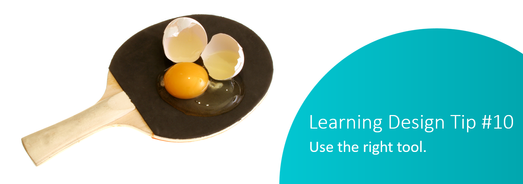Learning designers have a myriad of tools at their fingertips. Choosing the best one for a project is a complex process. There is no one best way. For every project, designers need to have a thorough understanding of the business drivers, desired performance outcomes, technological constraints, user preferences, budget, timeframes, learning environment and content.
With all of those things in mind, choosing the right tool for the job is as important as the job itself.
A lengthy e-learning module isn’t always going to be the best design solution. Creating blended learning solutions and selecting the most appropriate learning technologies and design strategies to achieve the project goals will position you as a learning designer rather than just an order taker. Choosing the right tool starts well before you actually choose your tool. Here’s how the easyA team go about it.
Understand your context
Before you choose your tool, you need to understand the context in which your project will run. The only way we can choose the right tool and then design for this is to understand the business. If you’re designing in house, get out and connect with others in the business, from end users to executives. Even as an external consultant or vendor, take some time to research and ask questions to get a deeper understanding of the context for which you are designing. The better you understand your context, the easier it will be to choose a tool.
Understand your users
The design thinking process starts with empathy; that is, to understand and share the feelings of another. The use of personas and exploration of role objectives, challenges and pain points are all ways to better understand the humans who will engage in the learning experience that you design.
Then there are three levels of decision-making around the tools you select for your users:
- Don’t choose tools that people can’t use. Just as public buildings need wheelchair ramps, web content accessibility standards set minimum requirements to ensure that the widest possible range of people can access the content you create.
- Don’t choose tools that people don’t want to use. Which tools do you know won’t be accepted?
- Choose tools that users will embrace. What kinds of tools are these people already using, and how can you tap into where people are already at?
Understand your constraints
Not every client or project will have the budget for all the bells and whistles. Accessibility requirements, technology and infrastructure limitations, timeframes, developer capabilities, language/literacy/numeracy considerations all need to be factored in when choosing your tools.
Understand your options
Finally! This is the bit that every learning designer loves! The shiny toys abound! As a designer, it’s important to keep an eye on what’s new, what’s trending, what’s getting talked about at meetups and on social media. Then there’s the stock-standard tools of the trade that make the Top-20 lists every year (which aren’t always the most exciting tools around) but they get the job done. Being familiar with these tools, and the nuances between their capabilities is important (especially given that the core functions can be pretty similar). Testing new tools can provide a wider range of creative options, not to mention potential efficiency gains.
If all you have is a hammer, everything looks like a nail. But if your toolbox is stocked up with your tried and tested tools, alongside some of the latest gadgetry, and you put in the effort to understand your context, users and constraints, then you’ll be able to choose the best tool, whatever it is for that project!
Interested in a deep dive?
The definitive list of tools for learning is produced by Jane Hart and can be found at Top Tools for Learning. This report is produced annually as the result of an extensive global survey and includes sub-lists for Personal & Professional Learning, Workplace Learning and Education.
What will you do?
Head over to Jane Hart’s list and start working your way down it until you come to a tool that you’re unfamiliar with. Spend some time finding out what it does.
Get it touch!
Contact us at easyA to explore how our learning solutions design team can work with your organisation: www.easyauthoring.com

